Areas of Action
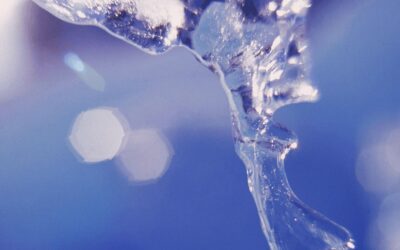
In situ observations of BC in the Arctic
Monitoring of black carbon in the Arctic ambient air is extremely important in the implementation of policies and measures seeking to curb the Arctic impacts of this pollutant.
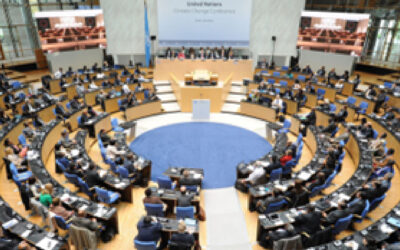
BC emission inventories
Monitoring of emissions constitutes a fundamental element in the implementation of climate change and air pollution abatement policies and measures.
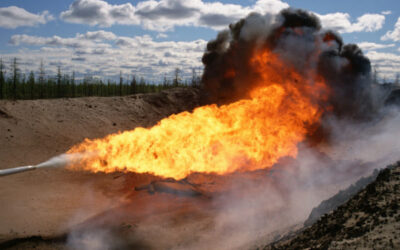
Gas flaring
Klimont et al. (2017) estimates global black carbon emissions from gas flaring at 270 kt in 2005 and 210 kt in 2010.

Small-scale domestic heating
Small-scale domestic heating has been estimated to be the most important source of BC-related problems in the Arctic in 2010 (Sand et al. 2016).

Shipping
PAME’s 2020 Arctic Shipping report showed an increase in shipping activities in the Arctic region from 2013 to 2019. The number of vessels increased by 25%, and distance sailed by 75%. The increase coincided with diminishing sea ice in the Arctic and increasing natural resource extraction. A recent analysis by the International Council on Clean Transportation (ICCT) reported black carbon emissions from shipping doubling between 2015 and 2021 in IMO Arctic waters with residual fuels use the main source (64%) of BC emissions from shipping in IMO Arctic waters. Use of distillate fuels could cut black carbon emissions by an estimated 50-80% for ships currently using residual fuels. In marine areas north of 58.9 degrees N, ICCT estimated black carbon emissions from 8577 vessels sailing in that area at 1.5 kt black carbon, with 413 kt of this from 1866 vessels sailing in IMO Arctic waters.
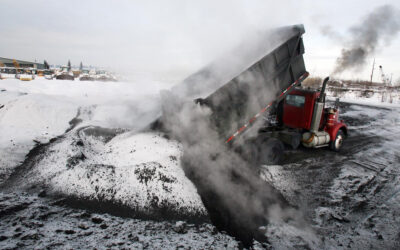
On- and off-road engines
Land transport emissions in 2010 has been estimated to be the third most important source of BC-related problems in the Arctic (Sand et al. 2016). Most of these emissions originate from on- and off-road diesel engines.
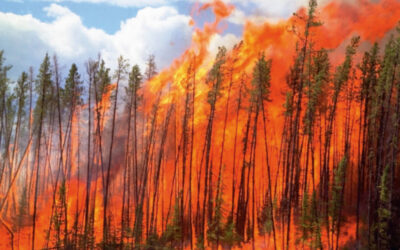
Open biomass burning
Globally, open biomass burning is a significant source of black carbon emissions (Klimont et al. 2017). A large part of open burning has occurred in Africa. Overall, the burning appears to have declined since the 1990s (van Marle et al. 2017), but the global earth observatory shows that quite extensive burning still occurs in areas close to the Arctic.